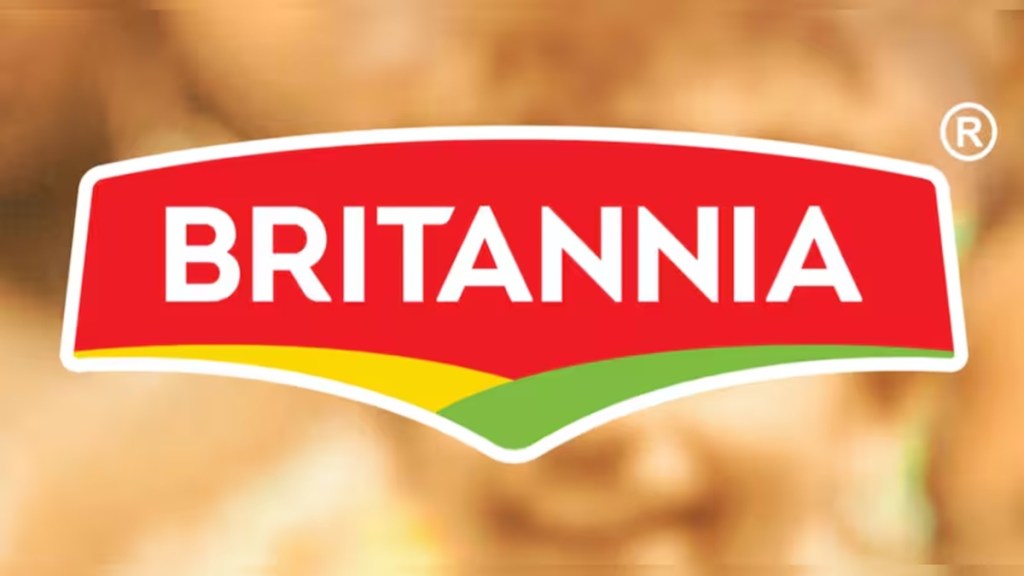Food major Britannia will counter inflation in the ongoing (March) quarter with price hikes at double the rate of increases taken in the December quarter, said Varun Berry, executive vice-chairman & MD, in an earnings call on Friday.
Berry also said that the company would pause capex for FY26, capping it at around Rs 150-200 crore. It has spent about Rs 500-600 crore annually for the last few years on capex. The capex break is not only due to adequate capacity — the firm has set up three new plants in Uttar Pradesh, Bihar and Tamil Nadu — but also because the demand environment remains challenging. “It (capex) will be as low as possible, unless there is an increase in volume,” Berry said.
The aggression in pricing, on the other hand, has been warranted in part to protect margins. Food companies, in particular, have taken a sharp hit on gross margins due to input cost woes. Britannia will also be the second company after Nestle India to flag input cost concerns and the need to continue hiking pricing in Q4 despite a challenging demand environment.
“The total price increase in Q3 was 2%. Price hikes will be 4-4.5% by FY25-end (Q4). As we speak, we have taken a price hike of about 2.5%. We will take another hike of about 1.5% in keeping with the inflationary environment,” Berry said.
Cumulatively, the price hike in FY25 for Britannia, taking into account Q3 and Q4, will work out to about 6-6.5%, Berry said, which should partially address the inflation of about 11% it has seen within its food basket in the current fiscal. “The 11% of inflation would have been higher by 2-4% if not for our forward covers,” he said. The company is expected to keep its focus on commodity inflation and pricing in FY26 in line with the trend in FY25.
Berry, 63, also warned that the FMCG sector was not of the woods yet and that the cycle of inflation and deflation was a concern from a pricing and profitability perspective. It could also hurt demand as volume growth could take a hit with consistent price hikes, he said.
“We started the year (FY25) with a deflation and took price cuts. Just when we taught that the market was stabilising, inflation hit us. By the time we got down to taking price hikes, inflation had turned sticky. This has a trade-off as volume growth could suffer with price hikes,” he said.
While Britannia beat Street estimates with profit and revenue rising nearly 5% and 8%, respectively, year-on-year in Q3, gross margins took a sharp 606-basis-point knock (versus last year) to touch 36.9% in the period under review. Britannia’s volume growth in Q3 was 6% led by its core brands (in biscuits) and its focus on regional variants to counter local competition, sector experts said.
Rival Nestle also alluded to growing regional competition within food in its Q3 earnings call this week, saying the company remained “mindful” of the same.
Britannia is also expanding its distribution network, reaching nearly 2.9 million outlets directly nationwide from 2.8 million outlets in March 2024. The company had also expanded its rural distributors to 31,000 (from 30,000 a year ago), which had enabled the firm’s focus states (in the Hindi heartland) to outperform other regions in terms of business by 2.6 times in Q3.
